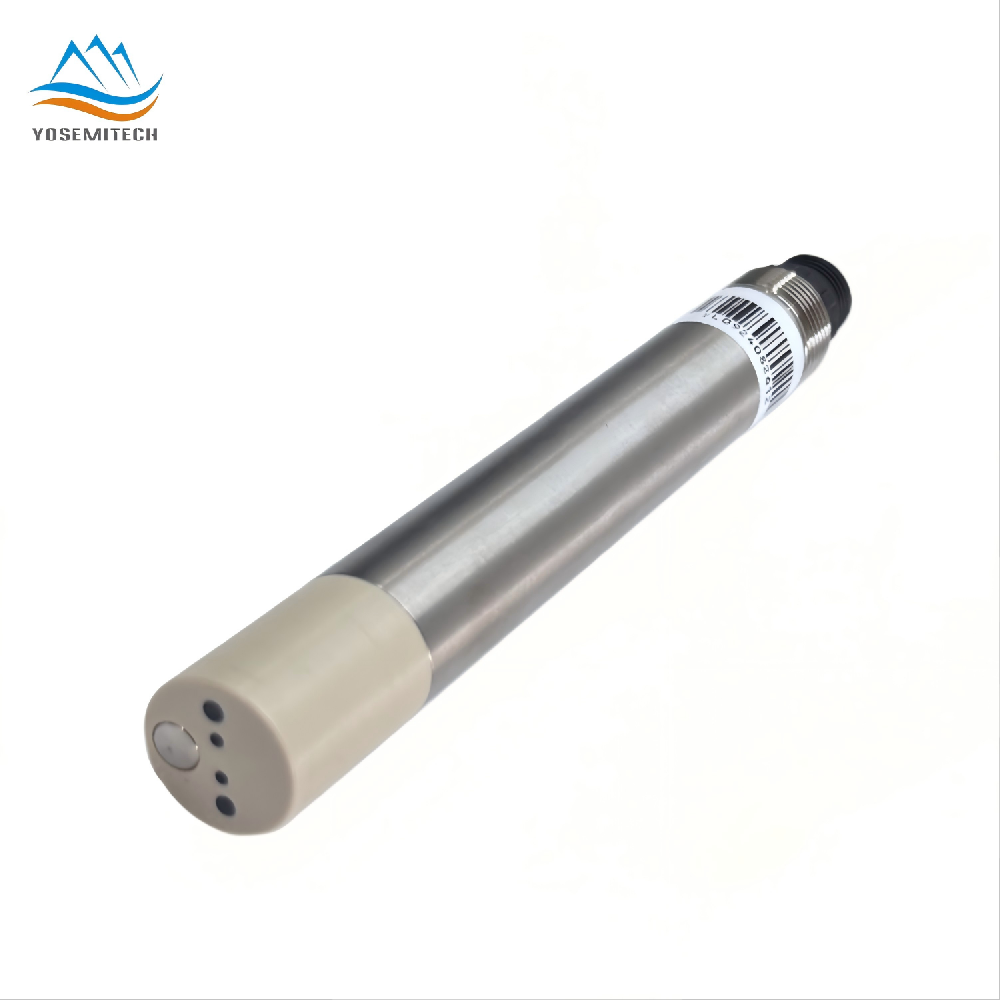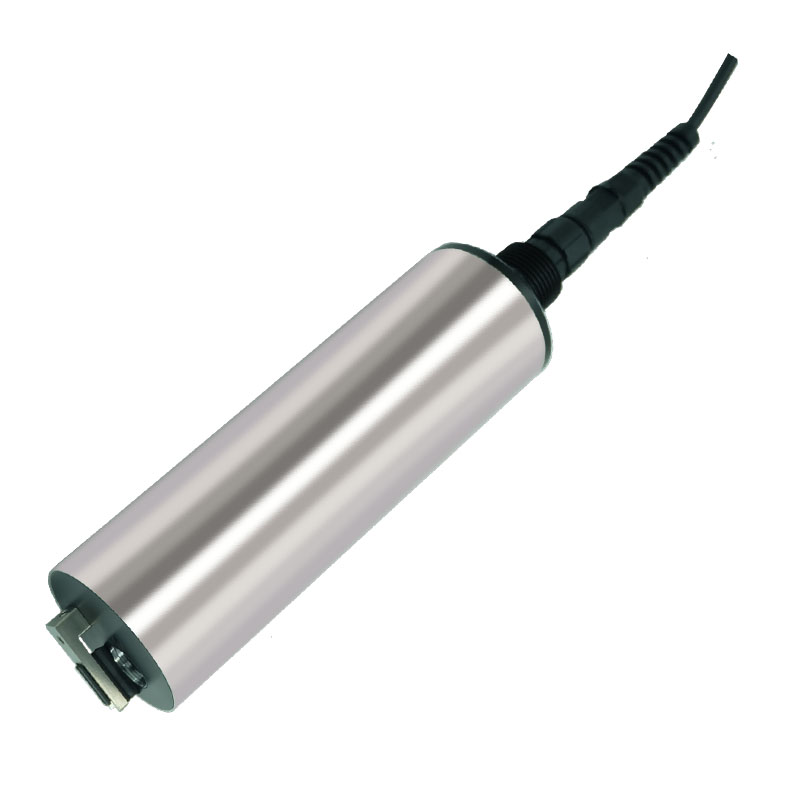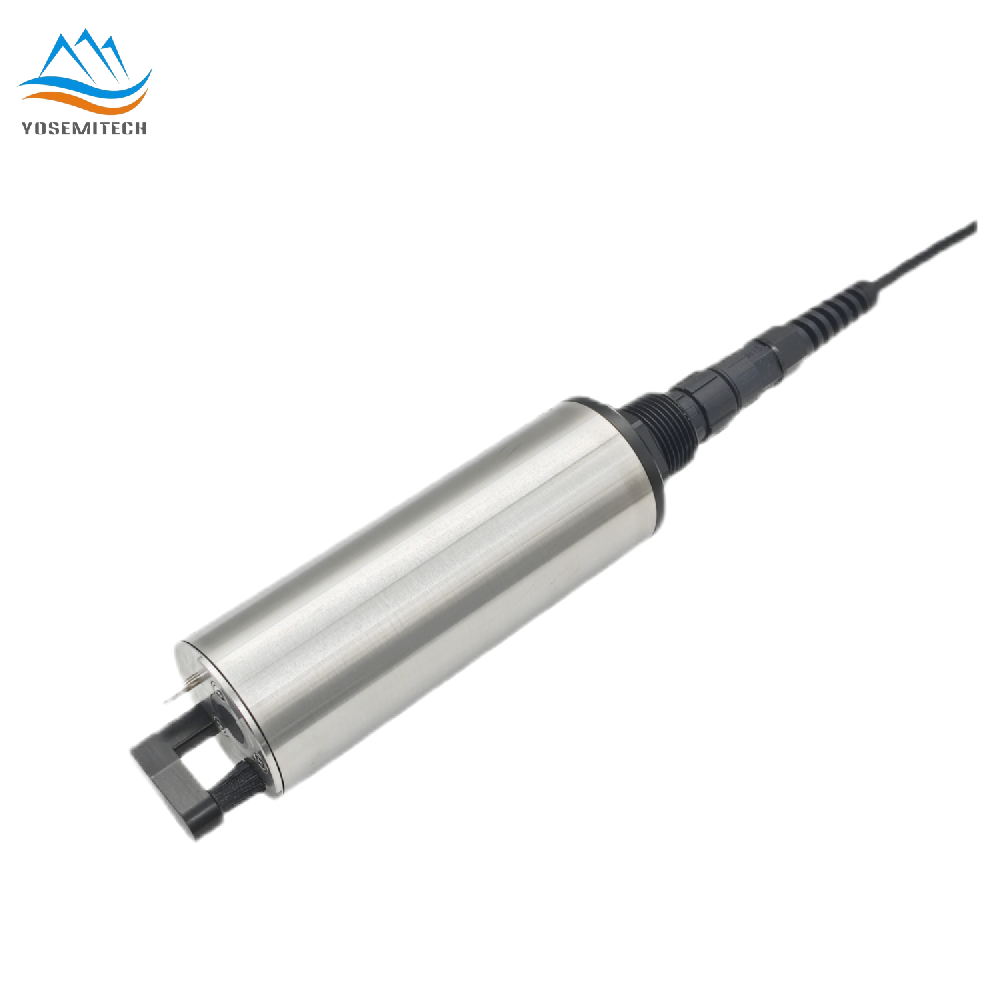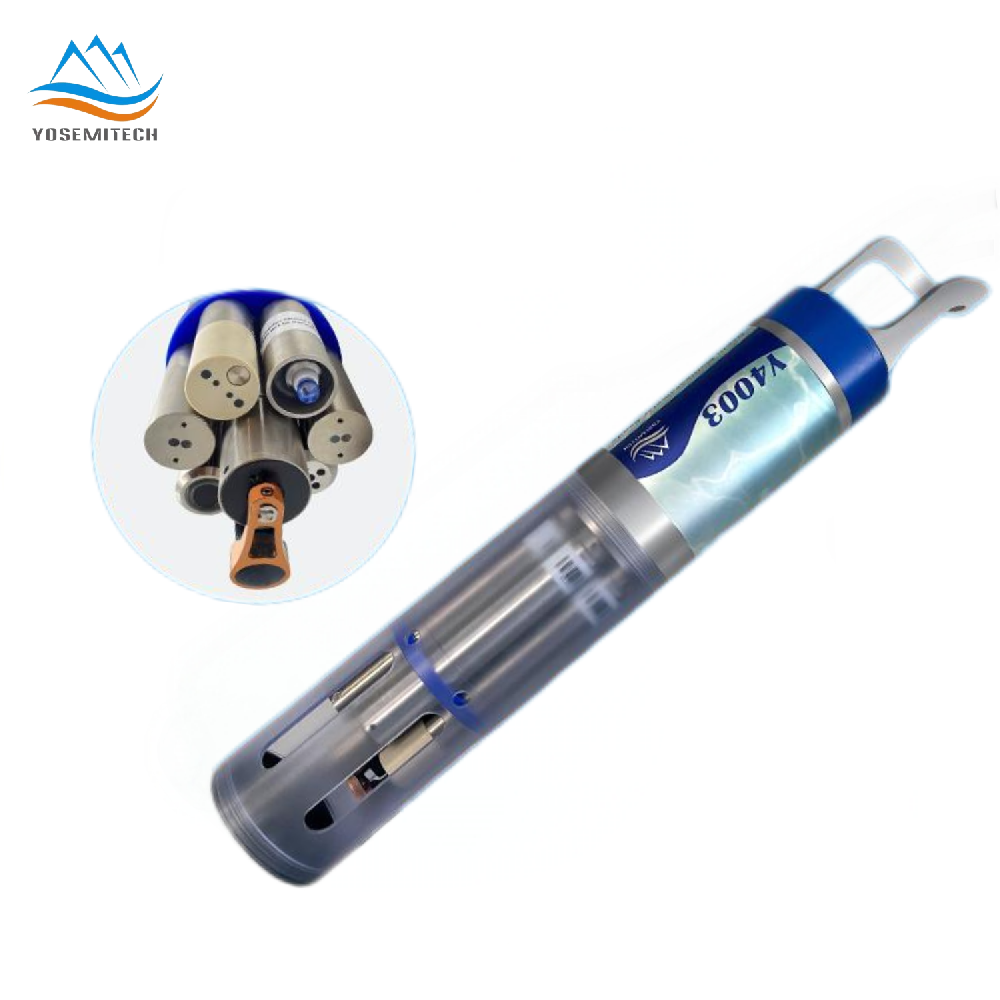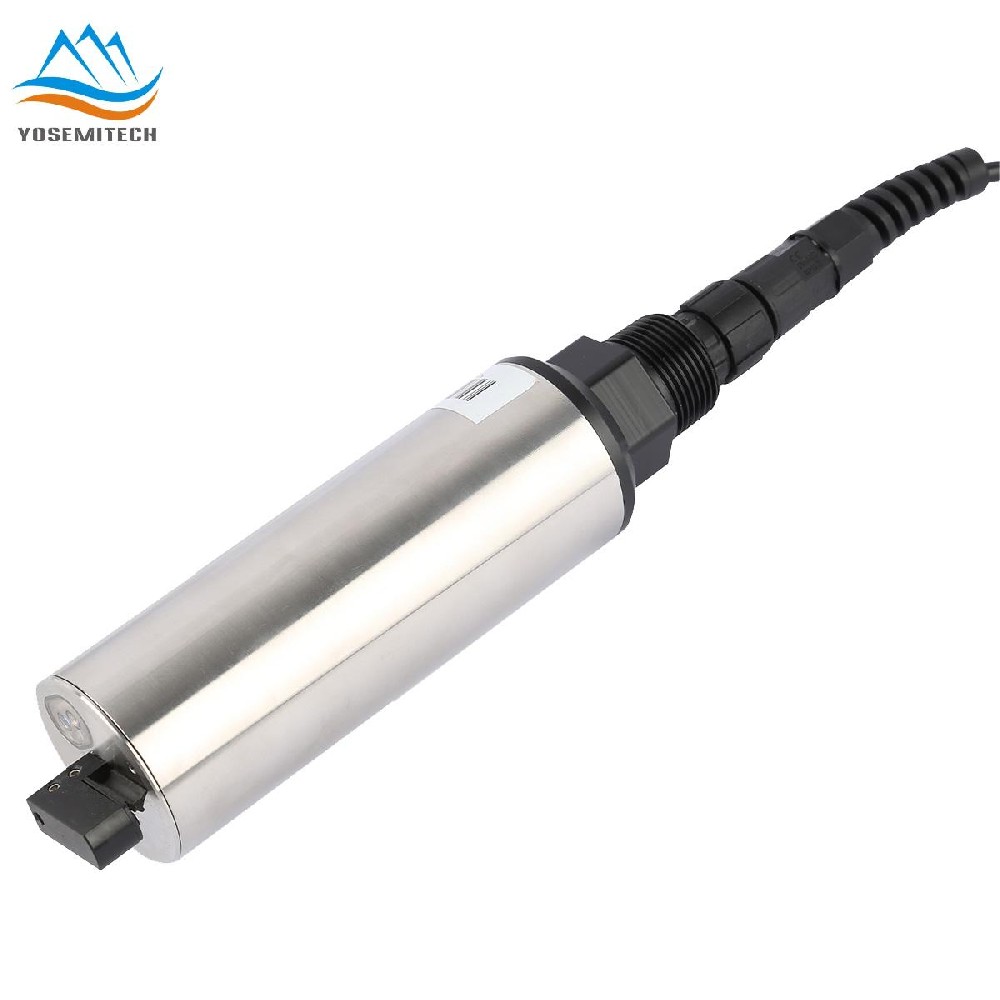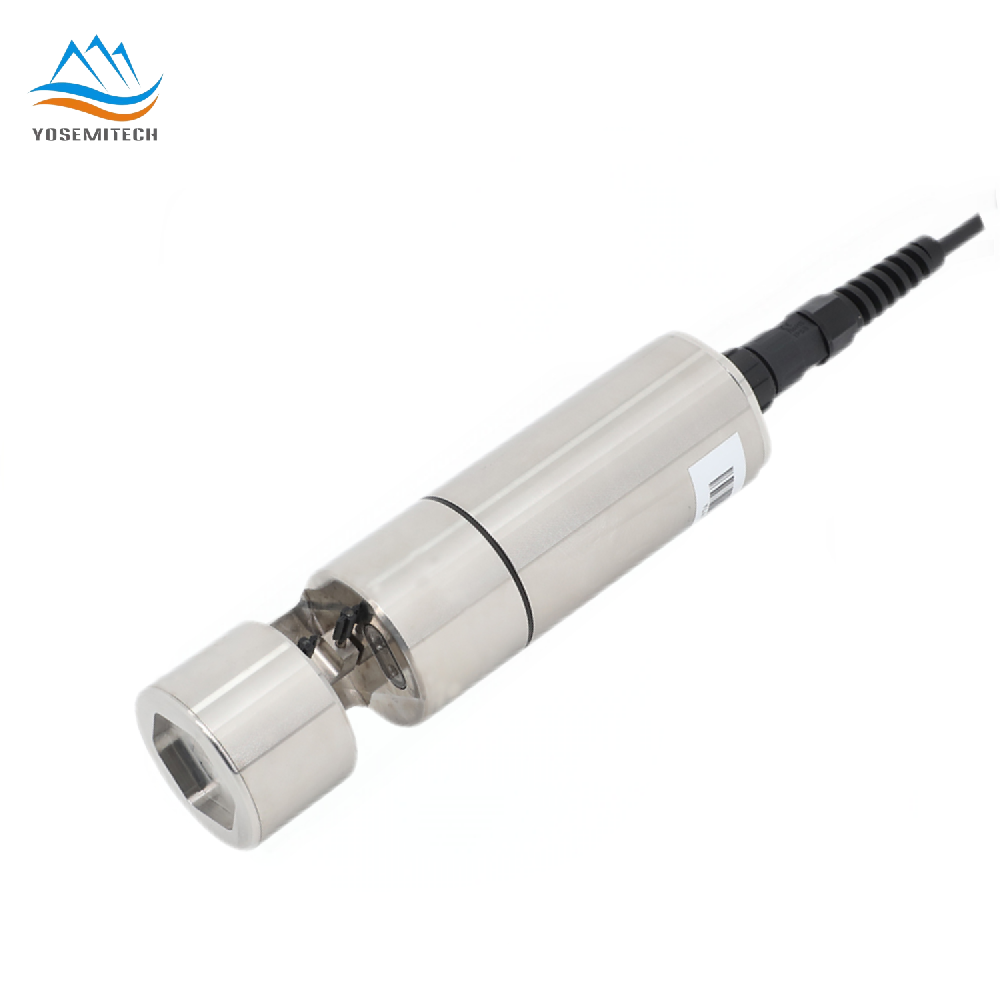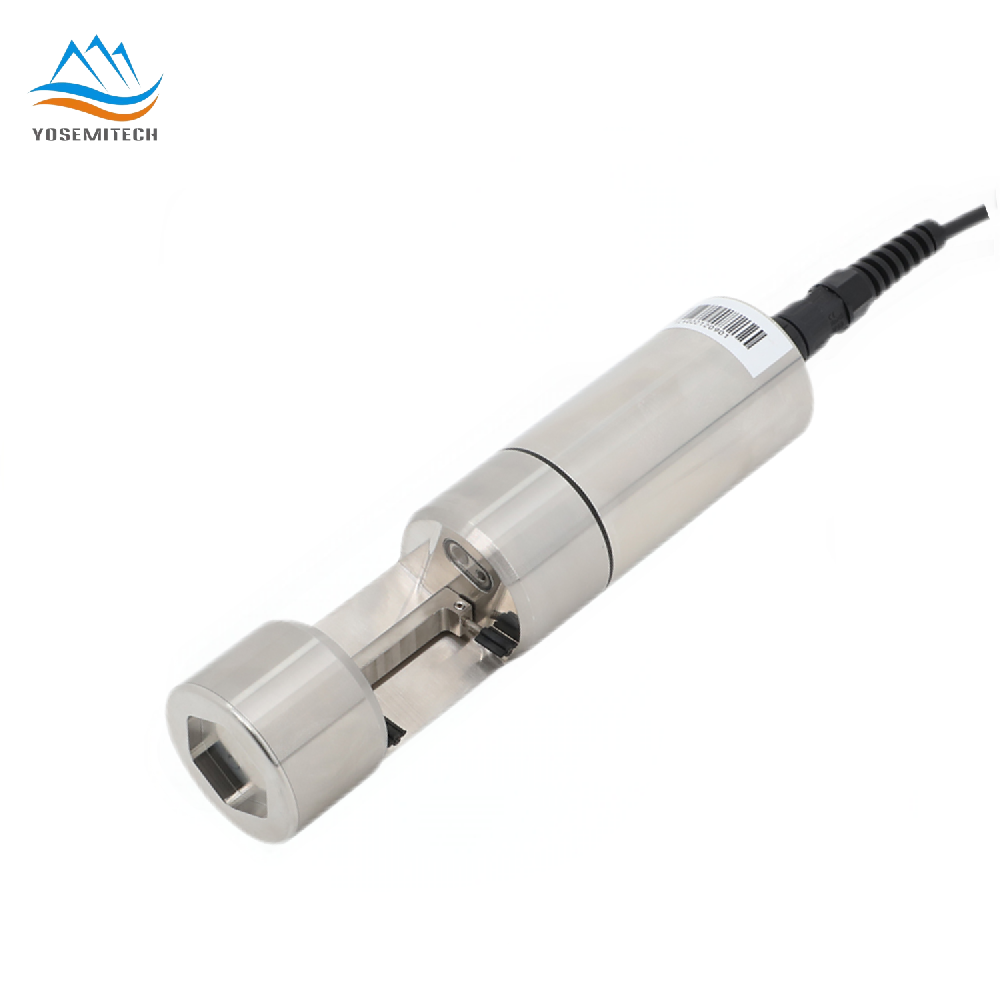Industry news
Digital vs. Analog pH Meters: Which is Best for Your Application
Writer: admin Time:2024-10-09 14:46:57 Browse:2147℃
I. Introduction
pH measuring is important for many industries, such as food and beverage, drugs, water quality monitoring, ecological surveillance, etc. The pH scale, which ranges from 0 to 14, determines whether a service is acidic or alkaline, with 7 being neutral. Precise pH dimension is crucial to guaranteeing product quality, safety, and regulatory compliance. pH meters are tools utilized to measure pH. They are categorized into 2 types: digital and analog. This blog will certainly help you understand the differences in between digital and analog pH meters and select the suitable one for your specific application.
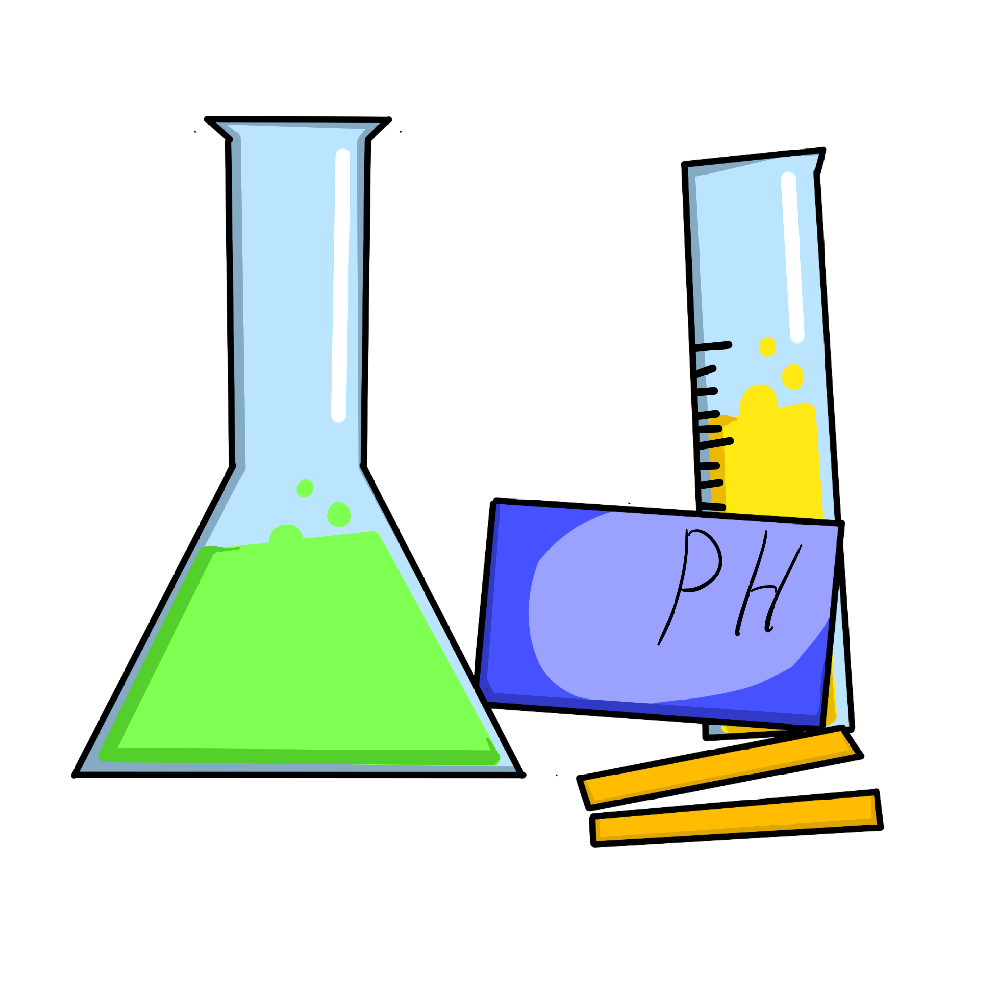
II. Understanding pH Meters
A. Definition of pH and its significance in various industries
pH is a measure of the hydrogen ion concentration in a solution. It is crucial in many industries, including:
Food and Beverage: To ensure the safety and quality of products.
Pharmaceuticals: For the stability and efficacy of medications.
Agriculture: To optimize soil conditions for plant growth.
Environmental Monitoring: To assess water quality in natural and wastewater systems.
Chemical Manufacturing: To control the reactions and final product quality.
B. Introduction to pH meters and their role in pH measurement
pH meters are devices that measure the pH of a solution by using a pH electrode. The electrode is sensitive to the hydrogen ion concentration and converts this into an electrical signal, which is then displayed as a pH value.
C. Overview of the two main types: digital and analog pH meters
Analog pH Meters: These traditional meters use a dial or needle to display the pH value on a scale.
Digital pH Meters: These modern meters provide a digital readout of the pH value, often with additional features like automatic calibration and data logging.
III. Analog pH Meters
Analog pH meters are the classic design, featuring a simple, mechanical display. They consist of a pH electrode connected to a meter that displays the pH reading on a dial. Analog pH meters work by converting the electrical signal from the pH electrode into a mechanical movement that turns the dial to indicate the pH value.
Advantages of analog pH meters
Simplicity: Analog meters are straightforward and easy to understand.
Durability: They are often more rugged and can withstand harsh environments.
No Power Required: They do not need a power source, making them suitable for field use.
Typical applications where analog pH meters are used
Educational Settings: For teaching purposes due to their simplicity.
Basic Laboratory Use: For quick pH checks where high precision is not required.
Fieldwork: In situations where power is not readily available.
IV. Digital pH Meters
According to the application classification of digital pH meters can usually be divided into pen PH meters, portable PH meters, laboratory PH meters and industrial PH meters.
Pen pH meter is mainly used to replace the function of pH test paper, which has the characteristics of low precision and convenient use.
Portable digital pH meters usually consist of two parts: a pH probe + a handheld instrument, mainly used in field and field testing methods, requiring high accuracy and perfect functions.
Laboratory pH meter is a benchtop high-precision analysis instrument, requiring high accuracy and full functionality, some including printouts, data processing and so on.
Industrial pH meter is used for continuous measurement of industrial processes, not only to have a measurement display function, but also alarm and control functions, as well as installation, cleaning, anti-interference and so on.
Advantages of digital pH meters
Accuracy: provide higher measurement accuracy and ensure the accuracy of measurement results
Fast response: able to provide pH readings in seconds, making it possible to monitor pH changes in real time
Ease of Use: The digital display is easier to read.
Easy to maintain: simple in design and easy to maintain and calibrate
Additional Features: Such as automatic calibration, temperature compensation, and data logging.
Typical applications where digital pH meters are used
Advanced Laboratory Research: Where high precision is required.
Industrial Quality Control: For consistent product quality.
Environmental Monitoring: For detailed water quality assessments.
V. Digital vs. Analog pH Meters
Digital pH Meter | Analog pH Meter | |
Accuracy and precision | higher accuracy and precision due to advanced electronics and automatic calibration | Provides basic accuracy suitable for less demanding applications |
Ease of use and readability | Provides basic accuracy suitable for less demanding applications | Can be harder to read precisely, especially for inexperienced users |
Maintenance and calibration requirements | built-in calibration features and reminders, making maintenance simpler | Require manual calibration and may need more frequent adjustments |
Cost | Generally more expensive upfront but can save time and improve accuracy.
| Typically less expensive but may incur higher long-term costs due to lower precision and durability.
|
Connectivity and data data storage | Typically less expensive but may incur higher long-term costs due to lower precision and durability.
| Lack connectivity and data logging features, requiring manual recording of data.
|
VI. Conclusion
Choosing between digital and analog pH meters depends on your details needs, consisting of precision requirements, budget, and application. Digital pH meters offer higher accuracy, ease of use, and advanced features, making them suitable for most modern applications. Analog pH meters, while simpler and more durable, may not meet the precision needs of advanced research or industrial quality control.
By understanding the differences and considering your specific needs, you can make an informed decision and select the pH meter that will best serve your application.
Related articles:
What does pH value represent?-Yosemite Technologies Co., Ltd_UV254 COD, ODO,pH (yosemitech.com)
CATEGORIES
CONTACT US
Yosemitech Technologies Co., Ltd
 +86 19984844080
+86 19984844080
 sales@yosemitech.com
sales@yosemitech.com
 Bldg,25,CECEP Industrial Park, No. 18 Dongchang Rd. Suzhou Industrial Park, Jiangsu Province,China 215126, China
Bldg,25,CECEP Industrial Park, No. 18 Dongchang Rd. Suzhou Industrial Park, Jiangsu Province,China 215126, China
